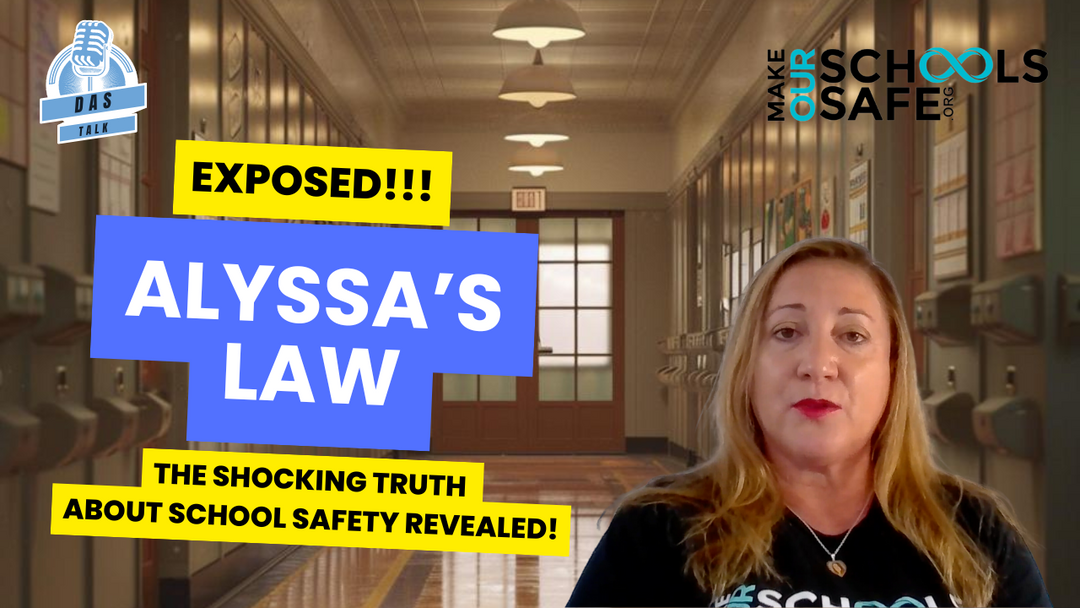What is IP68? What is the IP Rating System?
In recent years the IP Rating System has become all the rage, and for good reason. You may have seen it when you purchased a new smartphone or similar electronic device, so what is it?
What is the IP Rating System?
The IP Rating System is a standardized rating system that evaluates how enclosed equipment stands up to ingress; or in other words how well an enclosure keeps a solid or liquid from working its way into an enclosure. IP stands for Ingress Protection and the 1st number refers to the level of protection against solid objects while the 2nd number refers to the level of protection against liquids.
For example, an IP00 would stand for:

|
So if the table above wasn’t already an indication, an IP00 would be a very bad IP rating. Lower numbers indicate that an enclosure has little to no ingress protection while higher numbers provide greater ingress protection.
When trying to understand IP ratings it’s critical to have a basic understanding of the rating scales. For example, a rating of IP67 would appear as though the enclosure has better liquid ingress protection than it does solid protection. However, the solid ingress ratings top out at 6 while the water ingress scale tops out at 8. So in reality, a rating of IP67 would indicate that an enclosure has better solid ingress protection than it does liquid ingress protection.
For solids the higher the number goes the smaller the particle the enclosure is able to withstand, as can be seen below:
First Digit: Solid Ingress

|
The water ingress scale can technically go up to 9k, which is a specialized unit that refers to protection “against close-range high pressure, high temperature spray downs.” However. for the majority of applications it’s much more typical to see a range between 0 and 8 on the water ingress scale, as seen below.
Second Digit: Liquid Ingress

|
The newer iPhones are a good example of where it helps to know the differences in the IP rating system. The iPhone XS is rated at IP68 while the iPhone 8 is rated at IP67. Both ratings have a rating of 6 for dust, (the best possible), so the difference is the water ingress rating.
The table above shows that the difference between 7 and 8 on the liquid ingress is the depth each has been tested at. Apple clearly states this on their website that the iPhone 8 is an IP67 device and has a “maximum depth of 1 meter up to 30 minutes”, while the IP68 rated iPhone XS has a “maximum depth of 2 meters up to 30 minutes.”
It should be said that having the highest IP ratings doesn’t mean something is completely waterproof. If, (for example) a smartphone was tested for 30 minutes up to a certain depth without experiencing water ingress it doesn’t mean you’re safe to go take underwater photos with your smartphone. During testing devices/enclosures are typically tested with distilled water and applications on the phone are not in use during the test. This is why the words “water resistant” are used by companies and not the term “waterproof.” Add salt water, movement, or other variables and there is a chance ingress can occur.
Conclusion
Although it initially requires a bit of explanation the IP rating is a pretty straightforward rating system that creates an easy to use, international standard. If you have a device or enclosure that you know may be exposed to the elements it’s a standard that should be referenced.
It’s for these exact reasons our team at Gamma Electronics works hard to ensure our products meet the highest IP ratings. Our cable protection products in particular are designed to be able to withstand the elements and we are very pleased that a number of those products have received the highest IP solid and ingress protection ratings.




